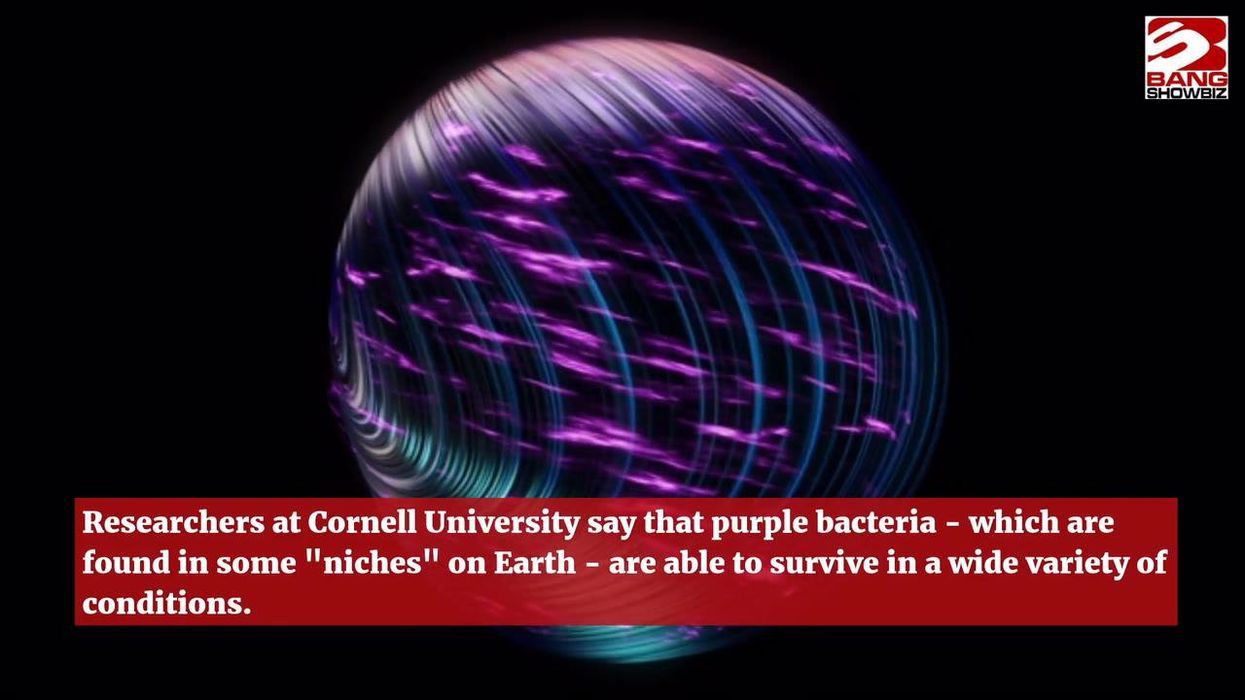Harry Fletcher
Apr 21, 2024
Purple planets should be searched for aliens
Bang Showbiz - Bang Bizarre / VideoElephant
The search for life in the universe has fascinated human beings for countless years, and now new research could change the way scientists go about searching for alien life forms.
Instead of changing where experts are looking for potential alien life, the new research is all to do with changing what they’re looking for.
It’s all to do with the idea of "panspermia" – a fringe theory which suggests that life forms can move from planet to planet by ‘hitching rides’ on meteors [via Live Science].
Now, the new research published to the preprint database arXiv and put forward by astronomers Harrison B. Smith and Lana Sinapayen hasn’t been peer reviewed and it assumes that panspermia is possible. However, the implications could be huge.
If panspermia is possible, then it means that scientists could theoretically narrow their search for alien life, even if they don’t know specifically what they’re looking for.
This could be important, as NASA has identified more than 5,000 exoplanets which could potentially play host to life in the universe and searching them individually is a process that could take years and years.
Moreover, we don’t really know what form could take out there in the universe, and we only know of one planet – Earth – that supports life.
Instead, the pair of astronomers have proposed a new theory on the basis of panspermia, suggesting that life could start on one planet and then spread to others via meteorites.
Fundamentally, this approach could completely change what scientists would look for.
Just as life on Earth has changed the conditions on Earth and in our planet’s atmosphere, including adding more oxygen, life forms would change properties of an exoplanet. Moreover, if life is indeed capable of panspermia, then the researchers argue that it would try to make the same changes on every planet it came across as it travelled.
According to the new study, approaching the search for life in this way could mean that experts would potentially be able to find clusters of planets near to each other with similar characteristics – and this could then in turn be an indicator of potential life.
Meanwhile, it comes as new research suggests that bacteria containing purple pigments could be the key to locating extraterrestrial life.
Sign up for our free indy100 weekly newsletter
How to join the indy100's free WhatsApp channel
Have your say in our news democracy. Click the upvote icon at the top of the page to help raise this article through the indy100 rankings
Top 100
The Conversation (0)














